Political Law at Kyrgyzstan
Political law in Kyrgyzstan is based on the Constitution of the Kyrgyz Republic, which defines the country's political structure and provides the legal framework for governance. Kyrgyzstan is a parliamentary-presidential republic, although it has experienced multiple political transitions, including several revolutions, that have impacted the balance of power between the executive, legislature, and judiciary.
Here’s an overview of the political law in Kyrgyzstan:
1. The Constitution of Kyrgyzstan
Kyrgyzstan's current Constitution was adopted in 2010 following a revolution that ousted the then-President, Kurmanbek Bakiyev. This Constitution transitioned the country from a presidential system to a parliamentary-presidential system, where the role of the Prime Minister and Parliament (Jogorku Kenesh) was enhanced. The Constitution establishes Kyrgyzstan as a sovereign, democratic, secular republic, and outlines the country’s governance structure and the rights of its citizens.
Key elements include:
Separation of Powers: The Constitution separates the executive, legislative, and judicial powers, although in practice the executive branch (led by the president and prime minister) holds considerable influence.
Rights and Freedoms: The Constitution guarantees fundamental human rights, including freedom of expression, assembly, and the right to fair trial.
Supremacy of Law: The Constitution ensures that all citizens are equal before the law, and it prohibits discrimination based on ethnicity, religion, or other factors.
2. Executive Branch
The Executive in Kyrgyzstan consists of the President, Prime Minister, and Cabinet (Council of Ministers).
President:
The President is the head of state and plays a significant role in foreign policy and military decisions.
Powers: The President has the power to appoint the Prime Minister, dissolve Parliament, and represent Kyrgyzstan in international relations. The President is also the Commander-in-Chief of the Armed Forces.
Election: The President is elected for a six-year term, with a limit of one re-election (since the 2010 reforms). However, the President's powers were significantly reduced after the 2010 reforms to prevent the concentration of power.
Current President: Sadyr Japarov became the President of Kyrgyzstan in 2021 following a political crisis and a series of protests that led to the annulment of parliamentary elections.
Prime Minister:
The Prime Minister is the head of government and holds executive powers. The Prime Minister leads the Council of Ministers and is responsible for the day-to-day operations of the government.
Appointment: The President nominates the Prime Minister, but the Jogorku Kenesh (Parliament) must approve the nomination.
Role: The Prime Minister is tasked with implementing government policies, managing the economy, and handling domestic affairs.
Cabinet (Council of Ministers):
The Cabinet is composed of the Prime Minister and ministers responsible for various government departments. The Cabinet implements the laws and policies passed by the legislature and manages the administration of the country.
3. Legislature: Jogorku Kenesh (Parliament)
Kyrgyzstan has a unicameral legislature, the Jogorku Kenesh, which is the main legislative body.
Composition: The Jogorku Kenesh consists of 120 deputies who are elected for a five-year term. Deputies are elected through a mixed electoral system that includes both proportional representation and single-member districts.
Powers:
Law-Making: The Parliament drafts and passes laws, including the national budget, which must be approved annually.
Oversight: The Parliament has the authority to hold the government accountable through questioning ministers and approving or rejecting the Prime Minister's appointments.
Impeachment: Parliament has the power to impeach the President with a two-thirds majority vote.
Political Parties: Multiple political parties compete in parliamentary elections, but the political system is characterized by fluid coalitions, with parties often shifting alliances.
The Parliament’s role has been central in shaping Kyrgyzstan’s political landscape, especially since the 2010 constitutional reform, which enhanced its power relative to the presidency.
4. The Judiciary
Kyrgyzstan’s judiciary is intended to be independent, but it faces significant challenges related to corruption and political influence.
Constitutional Court: The Constitutional Court ensures that laws and governmental actions comply with the Constitution. It can invalidate unconstitutional laws and decisions.
Supreme Court: The Supreme Court is the highest court in Kyrgyzstan. It hears appeals from lower courts and plays a central role in the administration of justice.
Lower Courts: Kyrgyzstan has local courts, including administrative, civil, criminal, and military courts. The courts are supposed to be independent, but in practice, they often face pressure from political forces, undermining their credibility.
5. Elections and Political Parties
Kyrgyzstan has a multiparty system, but political instability and frequent changes in government have led to a fragmented and sometimes chaotic political environment.
Electoral System:
Parliamentary Elections: Held every five years, the elections for the Jogorku Kenesh are conducted using a mixed electoral system. Some members are elected from single-member districts, while others are elected through a proportional representation system based on party lists.
Presidential Elections: The President is elected for a six-year term and is limited to one re-election, although this limit has been subject to change in the wake of political reforms.
Political Parties: Kyrgyzstan has numerous political parties, including major parties like the Social Democratic Party of Kyrgyzstan (SDPK), Ata-Jurt, and Bir Bol, as well as many smaller parties. Political party dynamics are often driven by regional and ethnic considerations, and the political environment can change quickly, with parties forming and dissolving in response to shifting political realities.
6. Political Instability and Revolutions
Kyrgyzstan has experienced significant political turmoil since its independence in 1991. The country has undergone two revolutions that led to the overthrow of sitting presidents:
2005 Tulip Revolution: This revolution ousted President Askar Akayev and brought Kurmanbek Bakiyev to power.
2010 Revolution: This revolution resulted in the overthrow of President Kurmanbek Bakiyev and led to the adoption of a new Constitution that shifted the country toward a parliamentary system.
The political instability and frequent changes in government have created challenges for the functioning of democratic institutions, as power dynamics in the country remain fluid and highly subject to shifts in public sentiment.
7. Human Rights and Freedoms
Kyrgyzstan’s Constitution guarantees a broad range of human rights and freedoms, including:
Freedom of Speech: The right to free speech is protected, although journalists and media outlets face harassment, threats, and censorship, especially when covering politically sensitive topics.
Freedom of Assembly: Citizens have the right to assemble, though the government often restricts public protests, particularly those that challenge the political status quo.
Protection from Arbitrary Detention: The Constitution prohibits arbitrary detention, but in practice, detainees may be subject to political persecution and human rights abuses.
Minority Rights: The Constitution protects the rights of ethnic and religious minorities, but in practice, minority groups, particularly Uzbeks and Russians, can face discrimination.
While Kyrgyzstan has made some strides in promoting human rights, challenges remain, particularly with issues such as press freedom, judicial independence, and minority rights.
8. Foreign Policy
Kyrgyzstan maintains a foreign policy focused on cooperation with neighboring states and regional organizations, as well as partnerships with global powers. Key elements of Kyrgyzstan's foreign policy include:
Central Asia: Kyrgyzstan maintains strong ties with its Central Asian neighbors, particularly Kazakhstan and Uzbekistan. The country is a member of the Eurasian Economic Union (EAEU) and the Shanghai Cooperation Organization (SCO).
Russia: Kyrgyzstan has close political, economic, and military ties with Russia, which has historically played a major role in Kyrgyzstan’s security.
China: Kyrgyzstan has also developed strong economic ties with China, particularly in the context of the Belt and Road Initiative and trade agreements.
The country’s location in Central Asia places it at a crossroads of geopolitical interests, and Kyrgyzstan strives to balance relations with both Russia and China, while maintaining some ties to Western countries.
Conclusion
Political law in Kyrgyzstan is framed by the Constitution, which establishes a parliamentary-presidential system. The political environment is shaped by the President, Prime Minister, and Parliament, but the country faces ongoing challenges related to political instability, corruption, and judicial independence. Kyrgyzstan has undergone significant constitutional reforms, moving from a presidential to a parliamentary system, and continues to evolve its democratic institutions. However, political instability, changes in government, and the role of ethnic and regional dynamics continue to shape the political landscape.


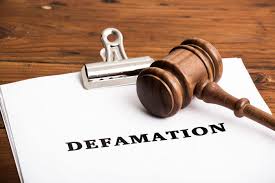



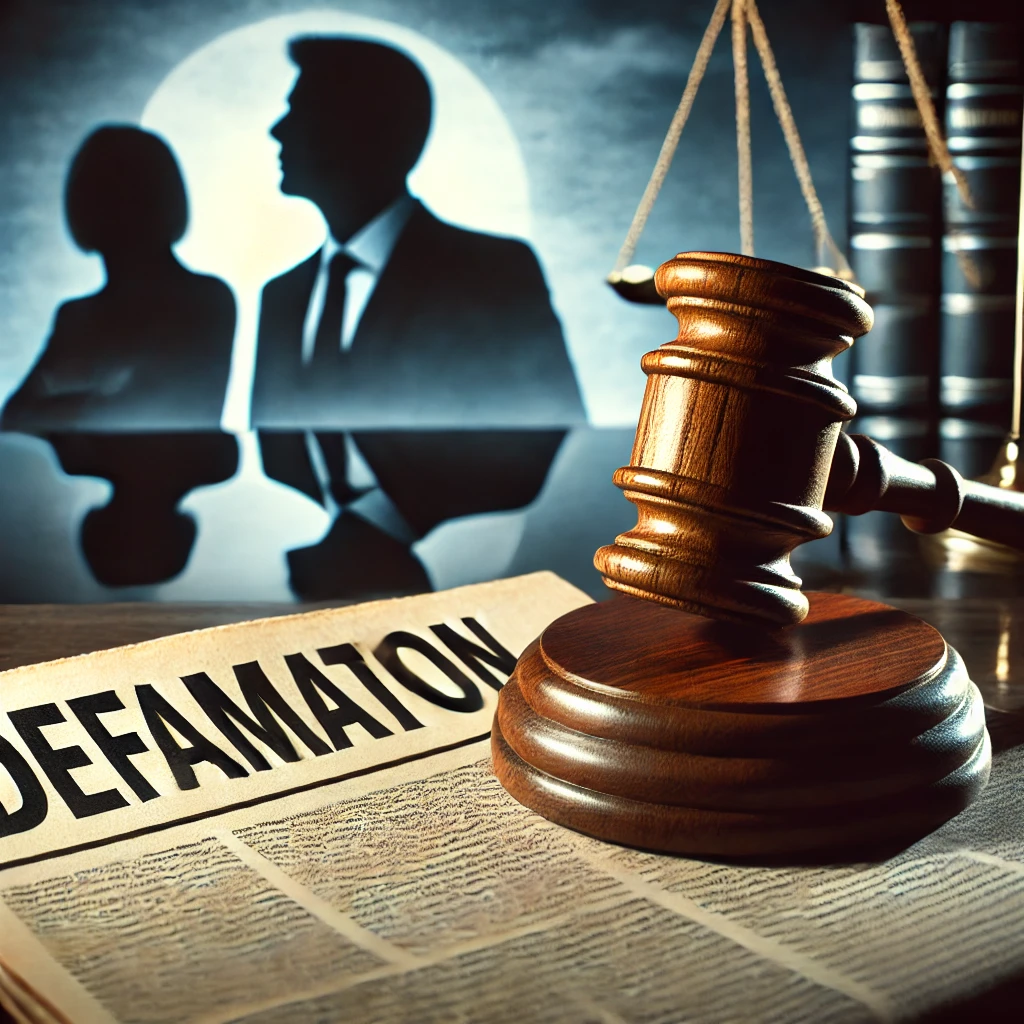
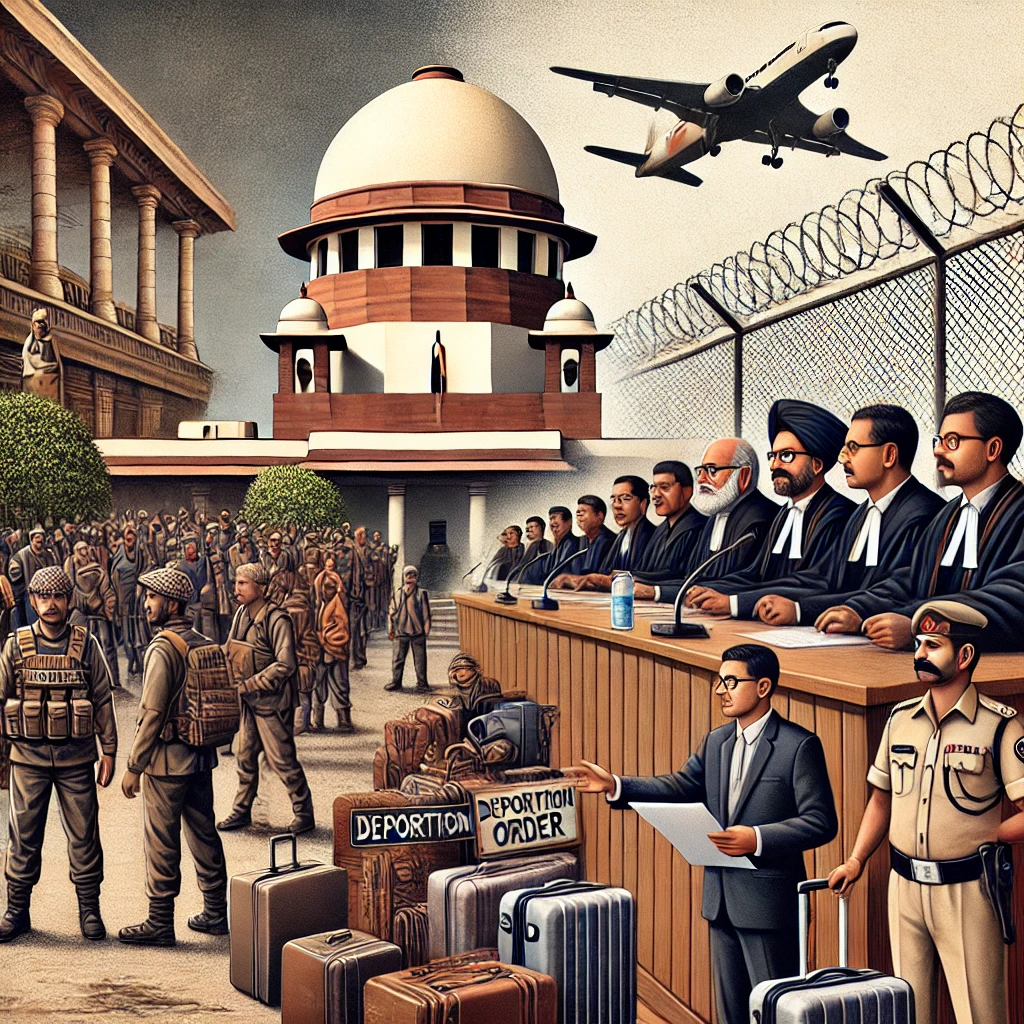









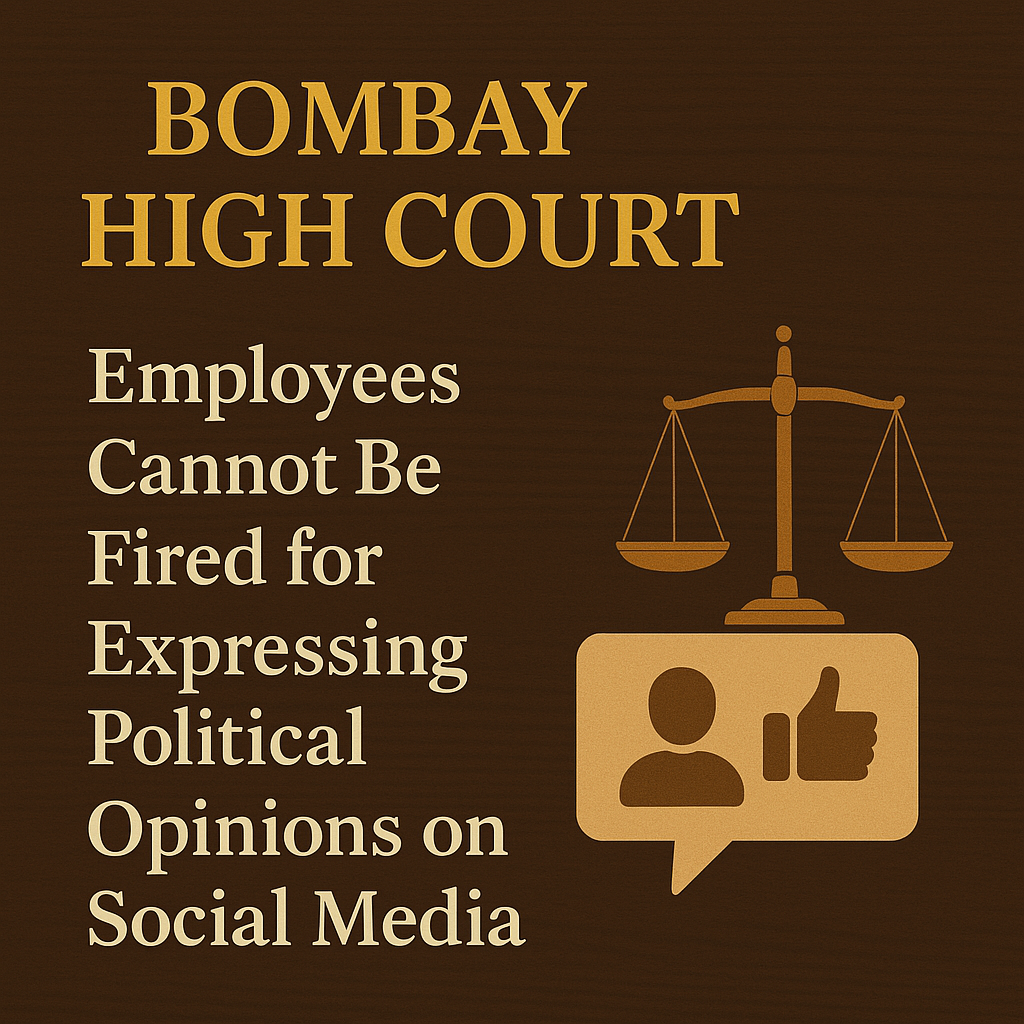



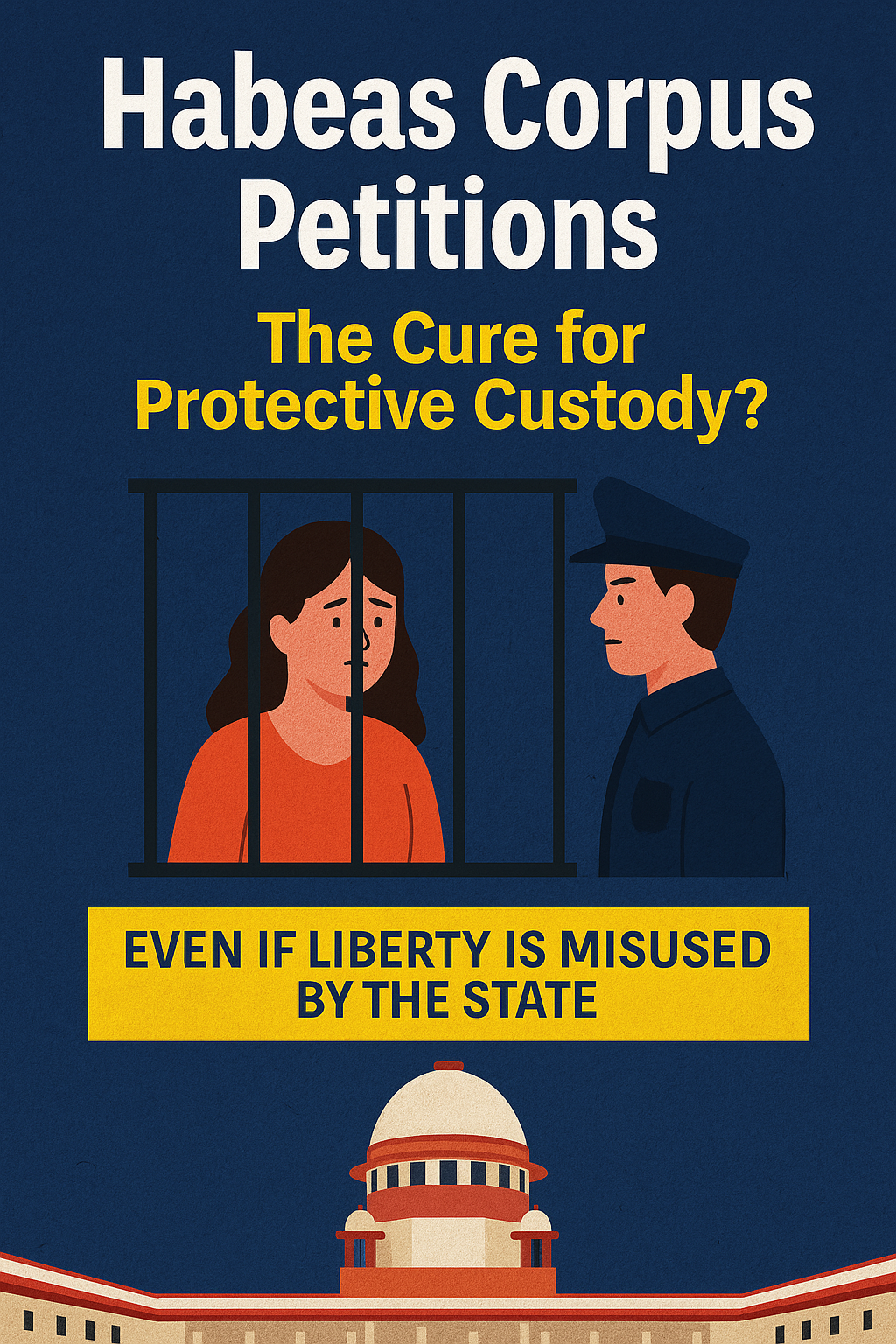
0 comments